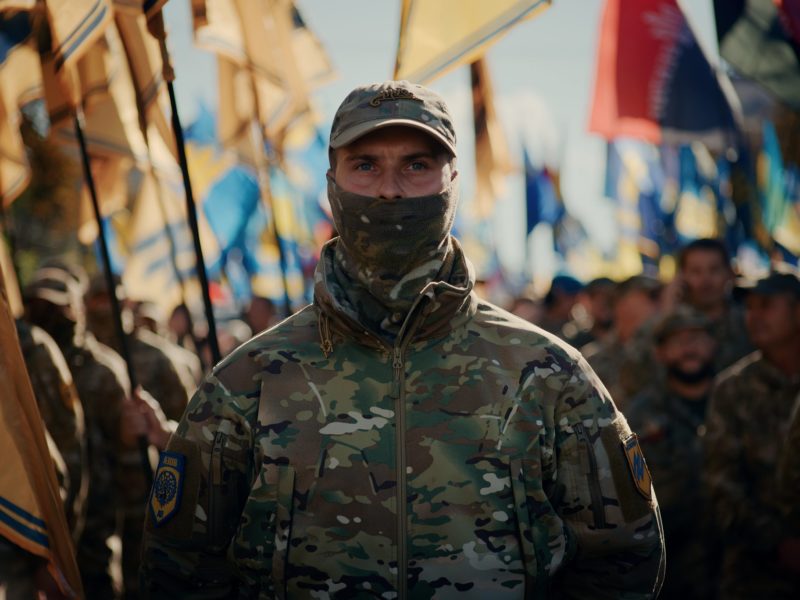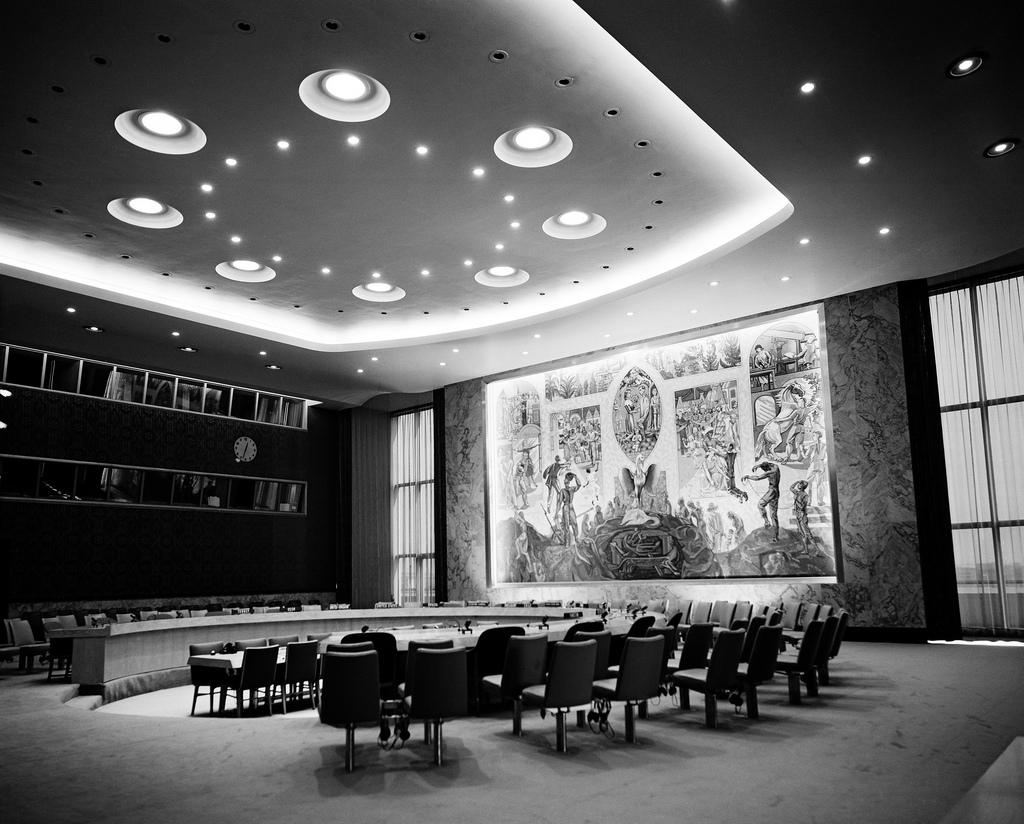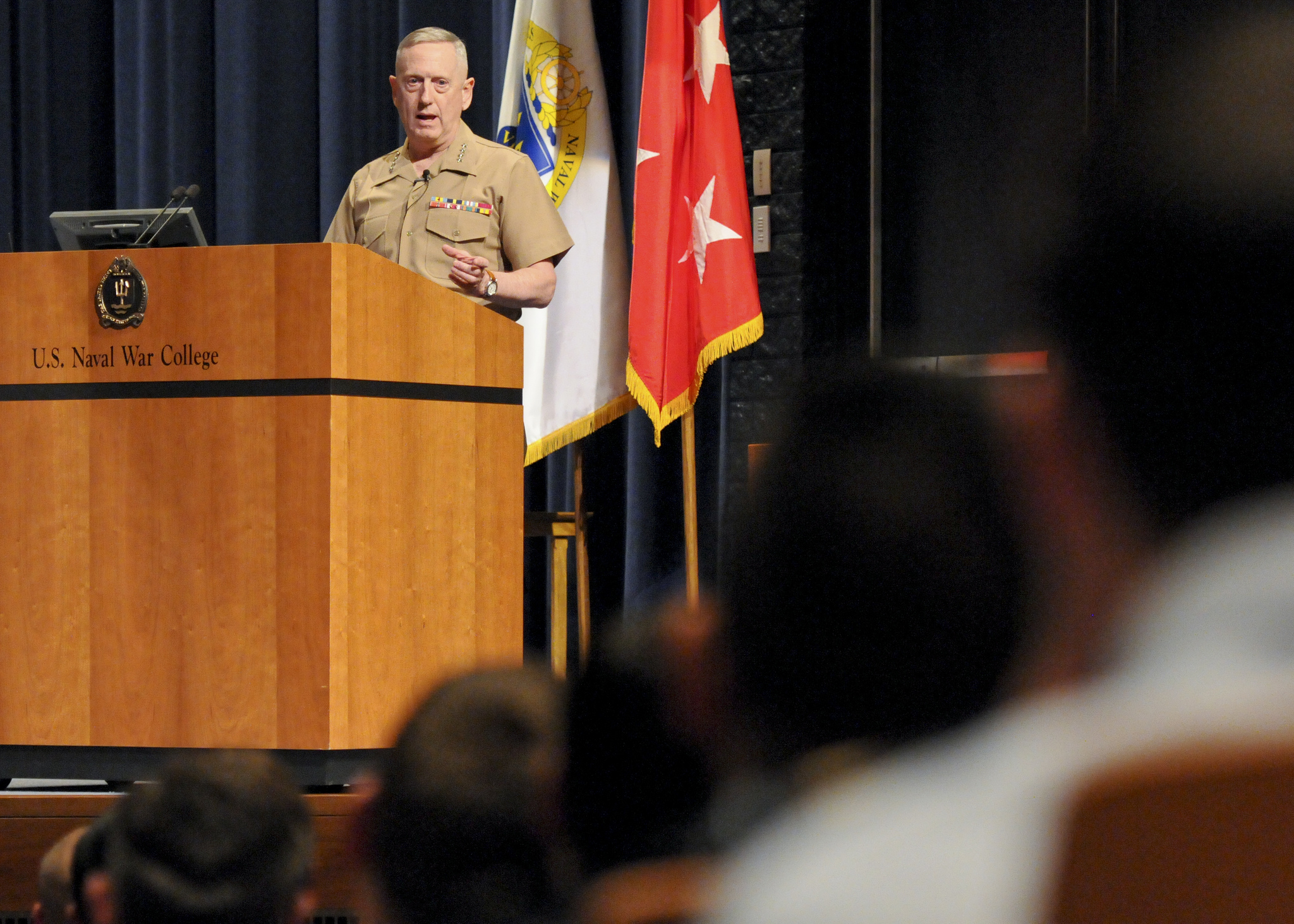Guest post by Dale Pankhurst
Pro-government militias are often used by states during war and armed conflict as a cheap force multiplier. With Russian forces continuing their slow advance in Ukraine, and despite attempts at peace negotiations to reach a settlement, Ukrainian officials recently indicated they have uncovered a plot to assassinate Ukrainian President Volodymyr Zelensky by the Kadyrovtsy: a pro-government militia (PGM) based in Chechnya. The Pentagon believes Russian forces are recruiting foreign fighters from pro-Assad militias to join pro-Moscow forces in Ukraine.
Simultaneously, militias aligned with the Ukrainian government have been increasingly used by the Ukrainian security forces in a joint effort to halt the Russian advance across northern and eastern Ukraine. PGMs such as the Azov Battalion and the Ukrainian Volunteer Corps act as a resistance mechanism against Russian tank columns and troops, often using guerrilla warfare-style tactics with small arms and light anti-tank weapons systems.
In addition to the mobilization of these militias, the Kyiv government has created a mass civilian-based PGM by organizing the civilian population into resistance forces. Since the beginning of the Russian invasion, Ukrainian authorities have dispensed over 18,000 Kalashnikov assault rifles among the general population while encouraging civilians to manufacture and use Molotov cocktails against the advancing Russians. Others have also issued instructions for constructing blockades and instructions have been issued by specialists on urban warfare on social media platforms such as Twitter, showing how to lay improvised explosive devices capable of crippling heavy armor.
The introduction of pro-Russian Chechen militias into the Russo-Ukrainian war is unsurprising: these militias act as a cheap reinforcement for the Russian forces. They have also been used in past civil wars and conflicts involving Russian security forces.
What is somewhat revealing is that the Ukrainian authorities claim to have uncovered a plot by the Kadyrovtsy to assassinate the Ukrainian president, a departure from conventional tactics where high-profile and specialized attacks are reserved for a specialist state force such as the Spetsnaz. Oleksiy Danilov, Ukraine’s secretary for the National Security and Defence Council, made an announcement that information was received from the Russian Federal Security Service (FSB), who Danilov claims do not want to take part in the war. Due to the uncovering of the plot, two Chechen PGM members were killed while others were injured, casualties that have been acknowledged by the Chechen leader, Ramzan Kadyrov.
Additionally, Ukraine has been mobilizing and arming both long-standing and newly formed pro-government militias. Combined state and militia forces have been crucial in halting Russian tank columns at key strategic points across new battlefields, including at the Ukrainian city of Kharkiv and Ukraine’s capital, Kyiv. Likewise, these PGMs have also been engaging pro-Russian militias. Footage recently emerged of far-right militias in Ukraine dipping their bullets in pig fat before taking on the predominantly Muslim Chechen militias in an apparent attempt to deflate their aggression during battle, highlighting the deep hatred this conflict is entrenching between the Russian and Ukrainian forces.
The strategic use of PGMs by both Ukrainian and Russian forces indicates the overall shifting power balance between state and non-state armed actors during armed conflict. Traditionally, interstate warfare, particularly in Europe, has been handled mainly by states and their respective armed forces. An increase in intrastate civil wars and insurgencies in the past few decades has meant that states began outsourcing power to non-state armed groups such as private security companies, mercenaries, and pro-state and pro-government militias. They did this for many reasons. PGMs place additional boots on the ground while multiplying the firepower of the state. In many counterinsurgency campaigns, locally recruited PGMs also provide excellent sources of intelligence from grassroot community networks, which enables more effective counterinsurgency operations by conventional state security forces. Deploying militias and allowing them to engage in acts of illegal violence also allows the state to claim plausible deniability for atrocities. The benefits of using PGMs as a form of warfare have resulted in their increased use and activity, both in intrastate and interstate warfare.
But whereas PGMs are widely understood to supplement state capacity, they may also erode state authority in a scenario where power is transferred from the state to a non-state PGM, either willingly or unwillingly. This can present significant difficulties for states, particularly after conflict when PGMs have acquired power and control among local populations. Failure to either control PGMs through integration processes into the regular armed forces or through demobilization/disarmament/reintegration programs can create a threat against the state from PGMs as these groups may seek to consolidate and grow their power.
The use of pro-government militias will ultimately present a longer-term issue for Ukraine if the militias and state forces manage to fight the Russians to a stalemate. Ukrainian PGMs are semi-autonomous militias that are largely independent from the Ukrainian military whereas Russian PGMs are directly under the control of the Kremlin.
Nevertheless, the strategic and widespread use of PGMs by both Ukraine and Russia in the first interstate war on European soil since World War II highlights the overall shifting power dynamics between states and non-state armed groups involved in wars and armed conflict.
Dale Pankhurst is a PhD candidate at Queen’s University Belfast.





